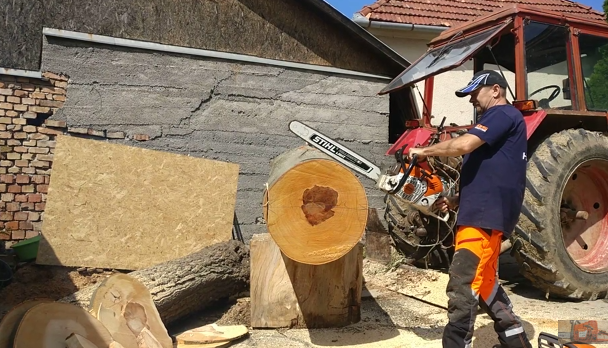
When it comes to professional-grade chainsaws, two names often stand out: Husqvarna and Stihl. Both brands are giants in the forestry and landscaping industries, known for making durable, high-performance tools. Among their most powerful offerings, the Husqvarna 592 XP and the Stihl MS 500i are frequently compared by professionals and serious enthusiasts alike. These saws are engineered for demanding work—large trees, heavy logging, and tough cutting conditions. But which one truly stands out?
Let’s break down how the Husqvarna 592 XP compares to the Stihl MS 500i in terms of power, weight, innovation, usability, durability, and overall value.
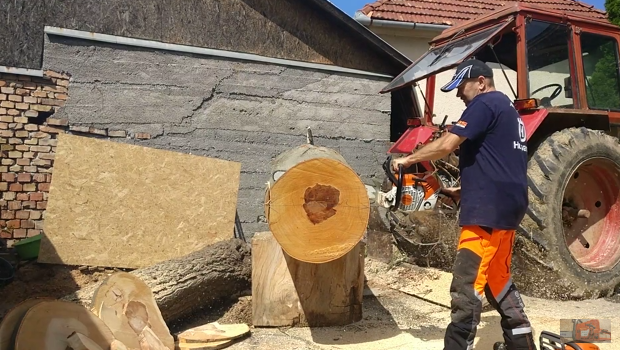
Engine Power and Performance
Husqvarna 592 XP is equipped with a 92.7cc X-Torq® engine that delivers approximately 7.6 horsepower. It’s designed for maximum torque over a broad RPM range, giving it outstanding pulling power in tough timber. The 592 XP is optimized for 28” to 36” bars but can handle up to a 42” bar in some configurations.
Stihl MS 500i, on the other hand, features a 79.2cc engine producing about 6.7 horsepower. While this is slightly less than the Husqvarna, what makes the MS 500i unique is its fuel injection system—the first ever on a chainsaw. This gives it an extremely fast throttle response and excellent fuel efficiency.
Winner: Tie. The 592 XP has more raw horsepower and displacement, but the MS 500i counters with instant throttle response and smoother acceleration.
Starting System and Technology
The Stihl MS 500i is a pioneer thanks to its electronically controlled fuel injection. There’s no carburetor to tune, and the saw auto-adjusts to temperature and elevation. Cold or hot starts are fast and reliable. Its sensor-based tech eliminates traditional choke levers, making it extremely user-friendly.
The Husqvarna 592 XP uses the company’s latest AutoTune 3.0 technology, which automatically tunes the engine based on conditions like fuel quality, altitude, and air filter condition. While not as groundbreaking as Stihl’s fuel injection, it’s still very effective and reliable.
Winner: Stihl MS 500i. Fuel injection gives it a technological edge in starting, responsiveness, and efficiency.
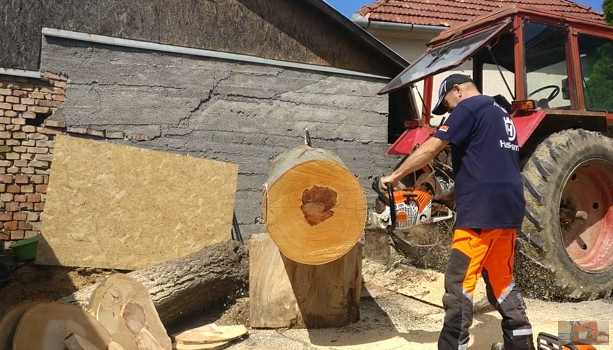
Weight and Balance
The Stihl MS 500i has a clear advantage in weight. It weighs around 13.9 lbs (6.3 kg) without bar and chain, which is extremely light for its power class. The result is an excellent power-to-weight ratio and less fatigue over long cutting sessions.
The Husqvarna 592 XP, due to its larger engine and more traditional design, weighs approximately 16.3 lbs (7.4 kg) dry. It’s heavier, though well balanced. That extra weight can be a tradeoff for the added power and torque, but it can become tiring over long jobs.
Winner: Stihl MS 500i. It’s significantly lighter and easier to handle, especially in overhead or limbing work.
Cutting Speed and Chain Compatibility
Both saws offer high chain speeds and are compatible with high-efficiency cutting systems. The 592 XP is optimized for Husqvarna’s X-Cut C85 and C83 chains and works best with a large mount bar. Its torque-heavy engine keeps the chain moving through dense hardwoods.
The MS 500i is compatible with Stihl’s RS (Rapid Super) chains, known for their aggressive cutting. Its fast acceleration and balanced design make it ideal for felling and bucking large trees quickly.
Winner: Depends on preference. The 592 XP shines in heavy torque-demanding cuts, while the MS 500i delivers fast, clean cuts with quick throttle response.
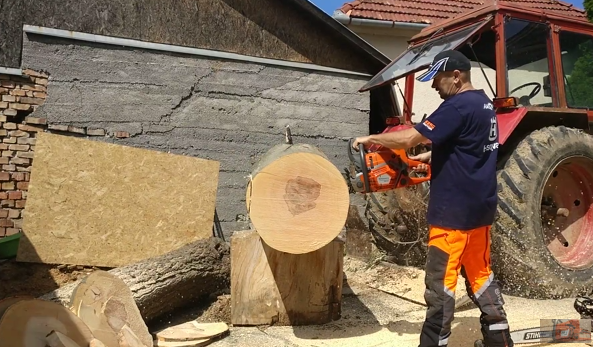
Ergonomics and Vibration
Both saws are engineered with professional ergonomics in mind.
The Husqvarna 592 XP features LowVib® anti-vibration technology, an angled front handle, and a narrow body that helps reduce user fatigue. It also has excellent filtration and an easy-to-open fuel cap system.
The MS 500i feels extremely agile due to its lighter weight and center of gravity. It also includes Stihl’s anti-vibration system, which is among the best in the industry. Many users find the MS 500i more comfortable for longer periods of use.
Winner: Stihl MS 500i. Better ergonomics and lighter weight give it an advantage, especially in physically demanding jobs.
Maintenance and Durability
Both saws are designed for rugged use in extreme conditions. The 592 XP includes an improved air filtration system with a large surface area and centrifugal cleaning, making it very efficient in dusty environments. The AutoTune 3.0 helps minimize downtime due to carburetor issues.
The MS 500i has fewer mechanical parts to adjust, thanks to its electronic fuel injection. Maintenance is simplified—no carburetor means less tweaking, and the onboard sensors help keep the saw in peak condition without much input from the user.
Winner: Tie. The Husqvarna is easier to work on for those who like mechanical systems; the Stihl is more modern and less likely to require manual adjustments.
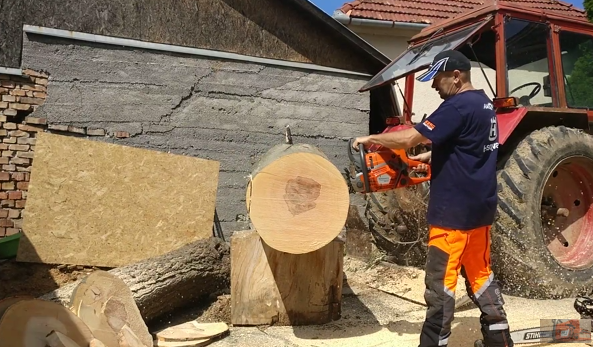
Price and Value
The Husqvarna 592 XP typically retails for around $1,300–$1,400, depending on the dealer and bar length. For that price, you’re getting one of the most powerful saws Husqvarna has ever built.
The Stihl MS 500i is usually priced slightly higher, ranging between $1,400–$1,500. The higher cost reflects the innovative fuel injection technology and lightweight design.
Winner: Subjective. If you’re looking for raw power and traditional toughness, the 592 XP offers excellent value. If you want the latest innovation and ease of use, the MS 500i may be worth the extra money.
Final Verdict
Choosing between the Husqvarna 592 XP and the Stihl MS 500i largely depends on your needs and preferences.
- Choose the Husqvarna 592 XP if you want a torque-heavy, large-displacement saw that thrives in demanding cutting conditions and gives you traditional mechanical control with modern enhancements.
- Choose the Stihl MS 500i if you want cutting-edge technology, lightweight design, fast starts in all weather conditions, and minimal manual tuning.
For professionals in forestry, both saws are top-tier options. The 592 XP feels like a powerhouse built for longevity and performance. The MS 500i feels like a precision tool built for efficiency and comfort.
Bottom line: You can’t go wrong with either saw. The best one is the one that fits your work style, your cutting environment, and your budget.
Would you like a comparison chart to go along with this article?


